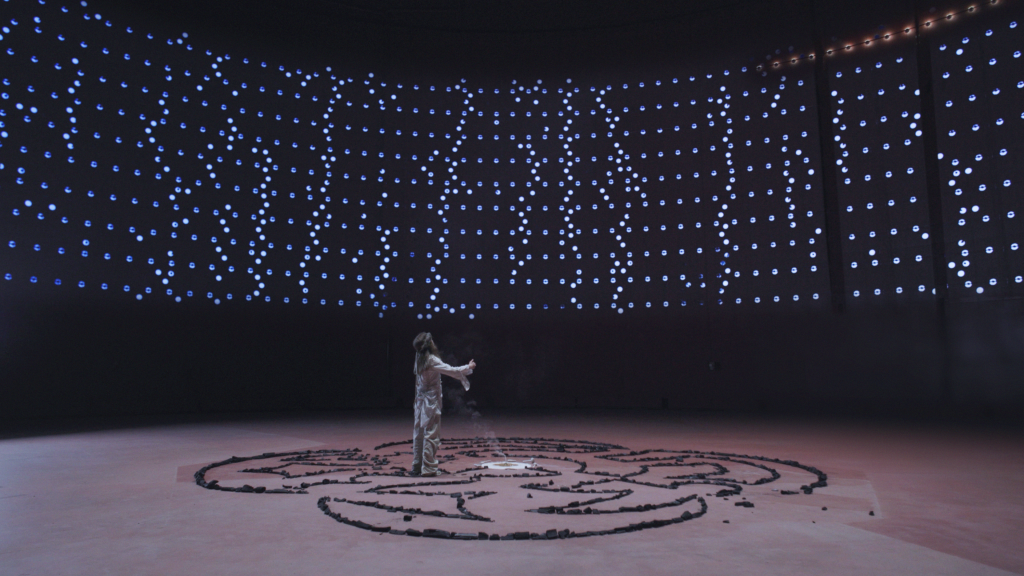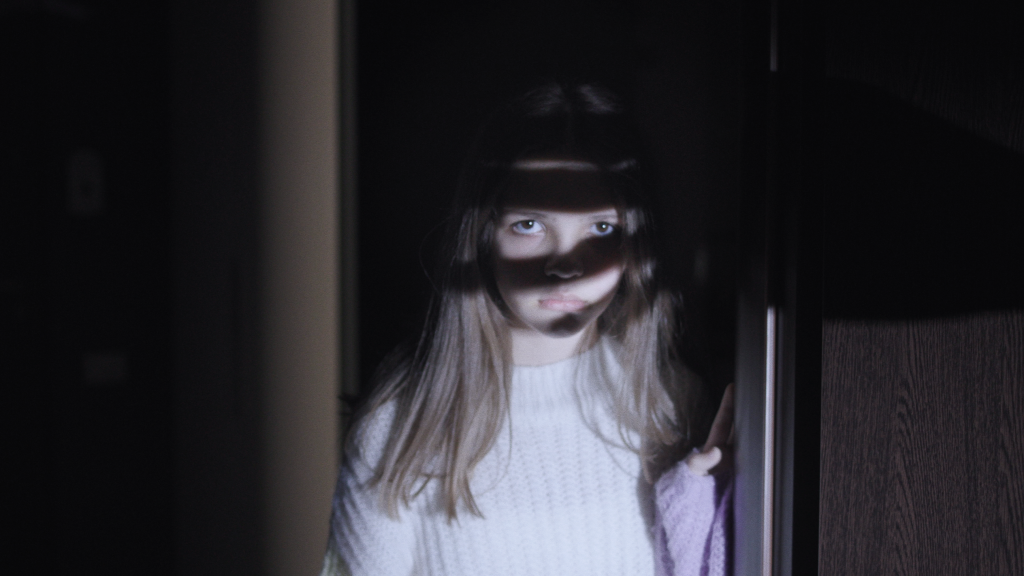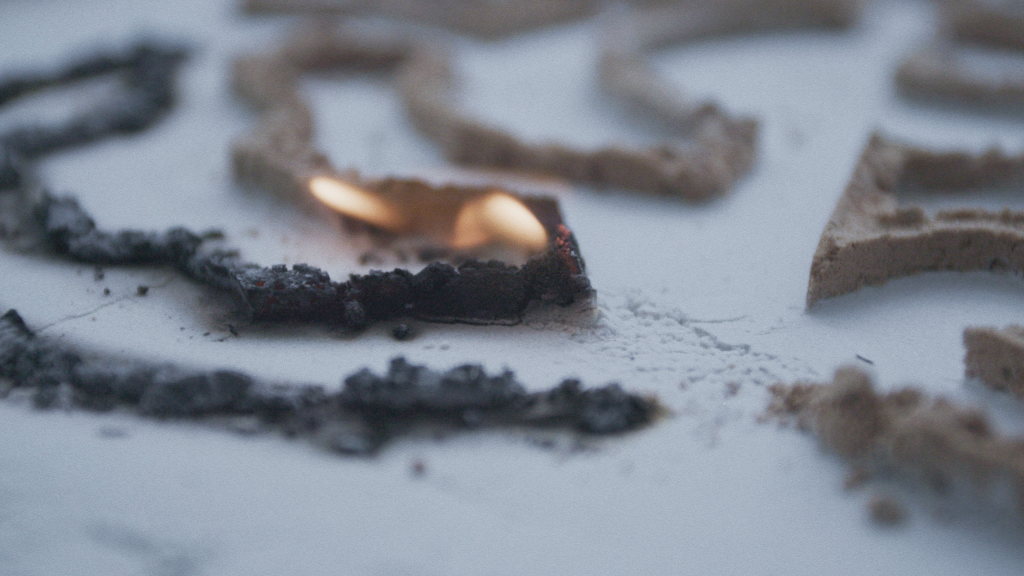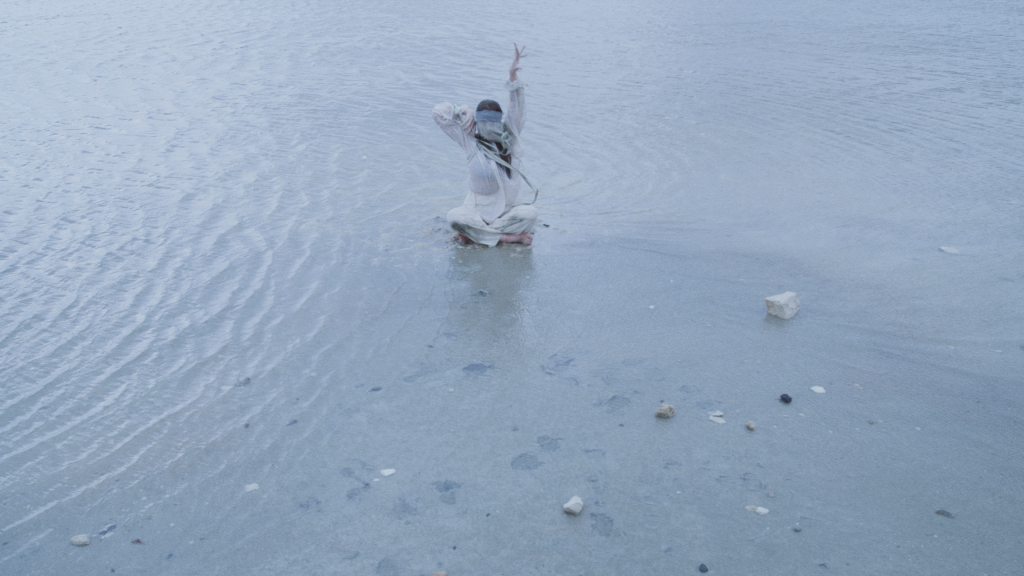Emilia Tapprest / NVISIBLE.STUDIO
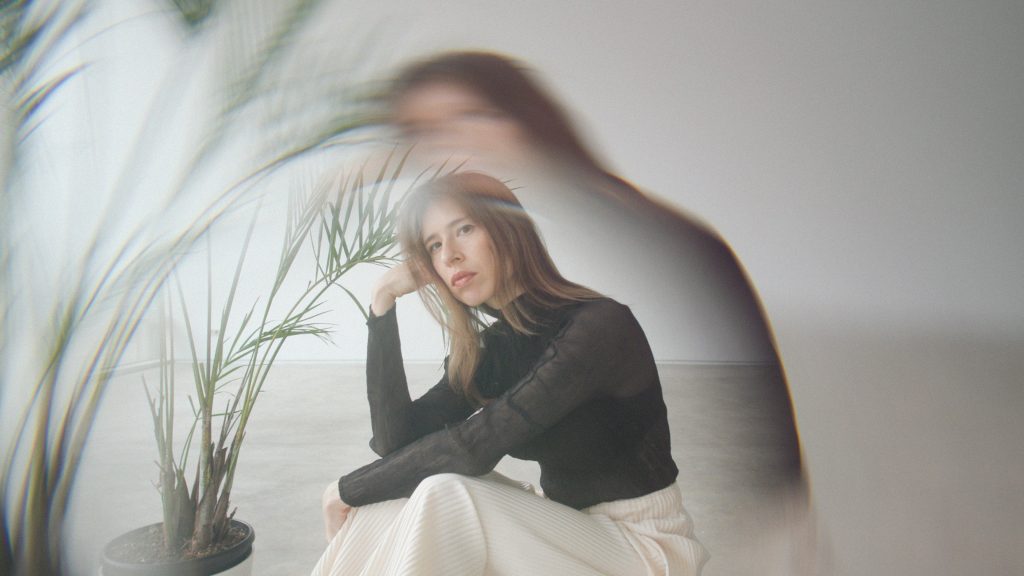
EMILIA TAPPREST / NVISIBLE.STUDIO (Finland/Netherlands) is a Finnish filmmaker, cinematographer and visual artist based in Amsterdam. Arriving from an industrial design background, she turned cinema as a means to engage with the complexity and intensity of embodied, lived experiences. Drawing these two fields together, she explores ways in which designed systems, infrastructures and interfaces interact with us in affective- and preconscious ways. Alumni of the Sandberg Instituut and the Jan van Eyck Academy, she is currently part of the research duo Liminal Vision. Her work has been presented at international platforms and festivals such as Kunstverein Schattendorf, Vdrome, Impakt, VISIO European Programme on Artists’ Moving Images, Extended Senses, Bologna Art City, van GoghGalerie and the National Space Centre Ireland.
During her one-month residency at Rupert, Emilia will advance ambitopian world-building from the perspective of embodied ‘conlangs’ (constructed languages), laying foundations for a new film work.
Affective atmospheres. An interview with artist Emilia Tapprest.
by Augustė Verikaitė (Rupert)
-Can you briefly describe your art practice and general concerns or themes that your work explores?
I have always been drawn towards borderland encounters where the distinction between what is ‘inner’ or ‘outer’ becomes ambivalent. It’s a recurring theme in my research and has taken the form of ambient communication interfaces as well as cinematic depictions of journeys between worlds.
Underneath, I’m driven by the wish to connect with people, beings and phenomena that exist, in some way, just beyond the periphery of my lifeworld. This could be a family member who is ideologically drifting apart, or my daily environments which I come to take for granted and stop attending to. The reasoning goes: If we manage to encounter each other in this liminal zone that is neither you nor me, there is a possibility that our lifeworlds and sense of ‘home’ mutually expand.
To better grasp this process, I keep on returning to the notion of ‘affective atmospheres’ which is a kind of half-entity (or borderland-being) that emerges when two incommensurable things come together: the material properties of the world, and our individual, subjective perceptions. We could be talking about the atmosphere of a person, a space or an entire society, and approach it both as something transient or ‘characteristic’. The interesting part with affective atmospheres is that they can be designed for, shifted and interrupted, and thus can be intentionally engaged with. It can sound overly conceptual but actually it helps me embrace something very carnal and real.
In more concrete terms, my collaborative research advances through a cycle of interlinked projects and takes often the form of cinematic fiction or other time-based media. For example, together with Victor Evink as Liminal Vision, we developed between 2019-2021 three co-existing society models set in 2041, building on contrasting, presently emerging ideas of ‘successful’ or ‘just’ systems. As an evolution in 2021-2022, our focus shifted towards the personal, psychological process of embodying value paradigms and shifting between them in the present, resulting in a fiction film and dance performance.
-How does your background in industrial design influence your practice and what made you switch to film?
During my studies in collaborative and industrial design at the Aalto University in Helsinki, this inquiry into borderland states found an expression in hands-on prototyping with tangible- and ambient interfaces. For example, I would experiment mediating biophysical data into changes of atmosphere in another space. While these concrete experiments allowed me to alter the perception of my body and surroundings, I experienced a limit in individual prototypes for exploring scenarios in which an idea or technology has normalized in a larger social system. I had previous experience with filmmaking, mainly assisting in music- and fashion related productions as well as documentary, yet it was in the middle of my design studies that I found myself making ‘design fictions’ in which the interfaces that I was previously building existed instead as diegetic prototypes within the inner logic of a storyworld. Later, during my time at the Sandberg Institute in Amsterdam, I fell in love with cinema also for its poetic and sensuous possibilities for approaching ‘the ineffable’ in a broad sense.
-How has your work changed since being a part of LIMINAL.VISION? How important to you is co-authorship?
I began working with Victor Evink in 2019. It was the very start of a worldbuilding project called ‘Embodied Ambitopias’ (previously ZHŌUWÉI.NETWORK) that explored how datafication could take different forms depending on the ideological underpinnings of forces (whether political, economical or cultural) that were bringing it forward. Initially, I attempted to develop two ‘dystopias’ – extrapolations of surveillance capitalism and techno-authoritarianism – and one utopia, building on emerging liquid-democratic forms of governance. For Victor as a cultural historian, this form of juxtaposition was not so interesting because it flattens imagination both conceptually and aesthetically and suspends the need to make choices amidst many wicked problems.
Over time, this questioning gave rise to what we call ‘ambitopian’ worldbuilding: Rather than prescribing what the world should look like or not, we propose to engage in sense-making around different, contrasting value systems, entered through characters with different positionalities. By doing so, the affective atmospheres which we cinematically construct are a product of the world’s material drivers coming to contact with the character’s subjective position, perceptions and agency as a participant in that world. With ambitopia, our goal is to challenge ourselves to confront tensions and dilemmas inherent in any coexisting imaginations, however well-motivated they are. Getting back to the idea of borderlands or liminal spaces, we explore what it takes to be able to comprehend or ‘hold’ multiple contradicting worlds at once.
In our joint projects, Victor leans more in the research-side with curation of content and collaborations, while I’m more inclined to work on hands-on production – yet in practice, these roles of course mix. The beauty of worldbuilding as a duo (or collective of many) is that the imaginations exist and evolve in the minds of others even when you sleep.

